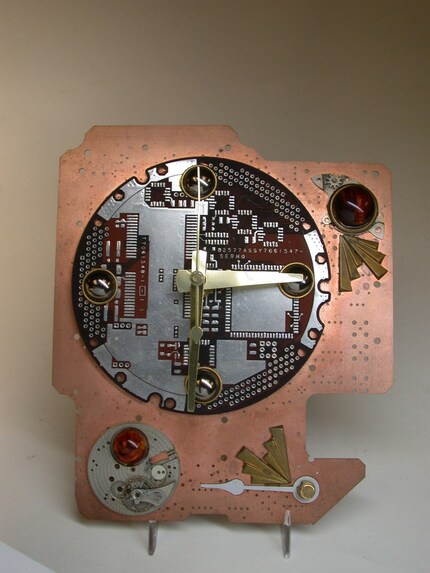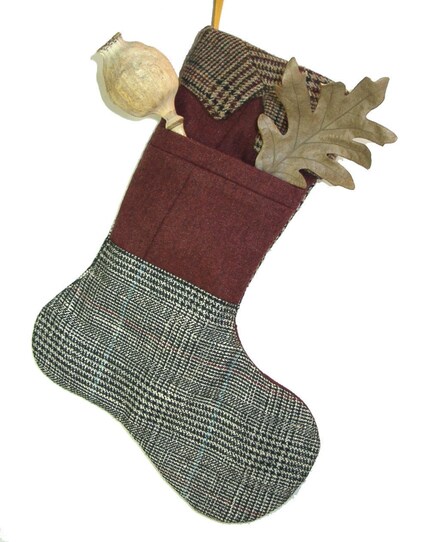First of all, I can't express how lucky and happy I was to be able to attend this workshop. I was one of about 200 educators and scientists and important people there that I got to meet. It would be the equivalent of Al Gore coming to your hometown to teach you about global warming personally. I wore my favorite important-looking-suit-outfit which was a long black jacket, a long white shirt and nice pants that came with the jacket. I also put contacts in and makeup on, and wore my boots. I wanted to look professional, and I certainly did.
The keynote address was amazing. Louv talked about his own childhood, and then shifted to why such experiences in nature are so important. He quoted studies which showed that children who have time in nature have less stress, are healthier, have lessened or no symptoms of ADD, score better on their standardized testing in science and take fewer medication than those that don't. He also talked about the reasons why parents don't allow their children outside, including fears of mosquito-borne illness, random stranger kidnappings. and other fears. "Whatever the reason," Louv said," it is too easy to blame this on video games, too easy to find demons." He wanted us to move past the discussion of where we went wrong, and leap to the next step which was action. "The future should be seen as a great opportunity," he said. He compared the last 20 years to a 'creative depression' and that we should be on the dawn of the most creative period that we've ever had. What's important is that we should get the next generation to carry nature in their hearts.
One of the most memorable things he said was that we have to leave the culture of despair behind. We won't be turning around to the 1950s anytime soon, but we can affect change if we try to. People always ask him, "Will we ever be able to go back to the way that it was?" and he responds, "We should be asking: How can we make life better than it ever was?"
Louv said that he's been doing these talks for a while now, and he's seen the awareness of the issue grow, but he was optimistic that New Hampshire, because of its unique attitudes and beliefs, could really be the first one to cross the line into action. He seemed genuinely hopeful that, starting with this extraordinary group of people, we could make this change for future children. We just have to figure out how - which is actually what the workshops in the afternoon are for. I was enthralled by this. My one thing about environmental education so far that I've been worried about is that its easy to point out the way things should be, its not easy to point out how to get there next.
Following his address, they had a panel of speakers, including Louv, an Antioch Environmental Education Director (David Sobel), the NH Dept. of Health Epidemiologist (Dr. Jose T. Montero), The National Youth Education Director for the Sierra Club (Martin LeBlanc), the Science Curriculum and Assessment Consultant (Jan Mclaughlin), and a sustainable developer, Steven Whitman. They got to answer moderated questions, followed by audience questions and comments. I thought that the moderating could have been done a little more smoothly, but overall the discussion was interesting. What was frustrating was that the moderator always directed the question to one panelist, instead of letting them decide who wanted to answer the question. I think that the most lively panelist was Jan McLaughlin, who was the only teacher person there -and since she develops curricula for schools, she really knows the ins and outs of how NH Public schools work, and where change can be made.
 At lunch, I got Louv to sign a copy of his book for me. I told him that I was a grad student in environmental education, and he signed my book as follows. If you can't read it, it says, "To Carla, a 'natural' leader" which, is, well, AWESOME.
At lunch, I got Louv to sign a copy of his book for me. I told him that I was a grad student in environmental education, and he signed my book as follows. If you can't read it, it says, "To Carla, a 'natural' leader" which, is, well, AWESOME.Because of a lot of different reasons, Louv's book and perspective has now created a movement, and I am behind it 100%. I have a million ideas as to how to implement this, and I really think that I can contribute to this solution and change the world. I'll talk more about the working sessions later - I'm just so excited to be a part of this.






